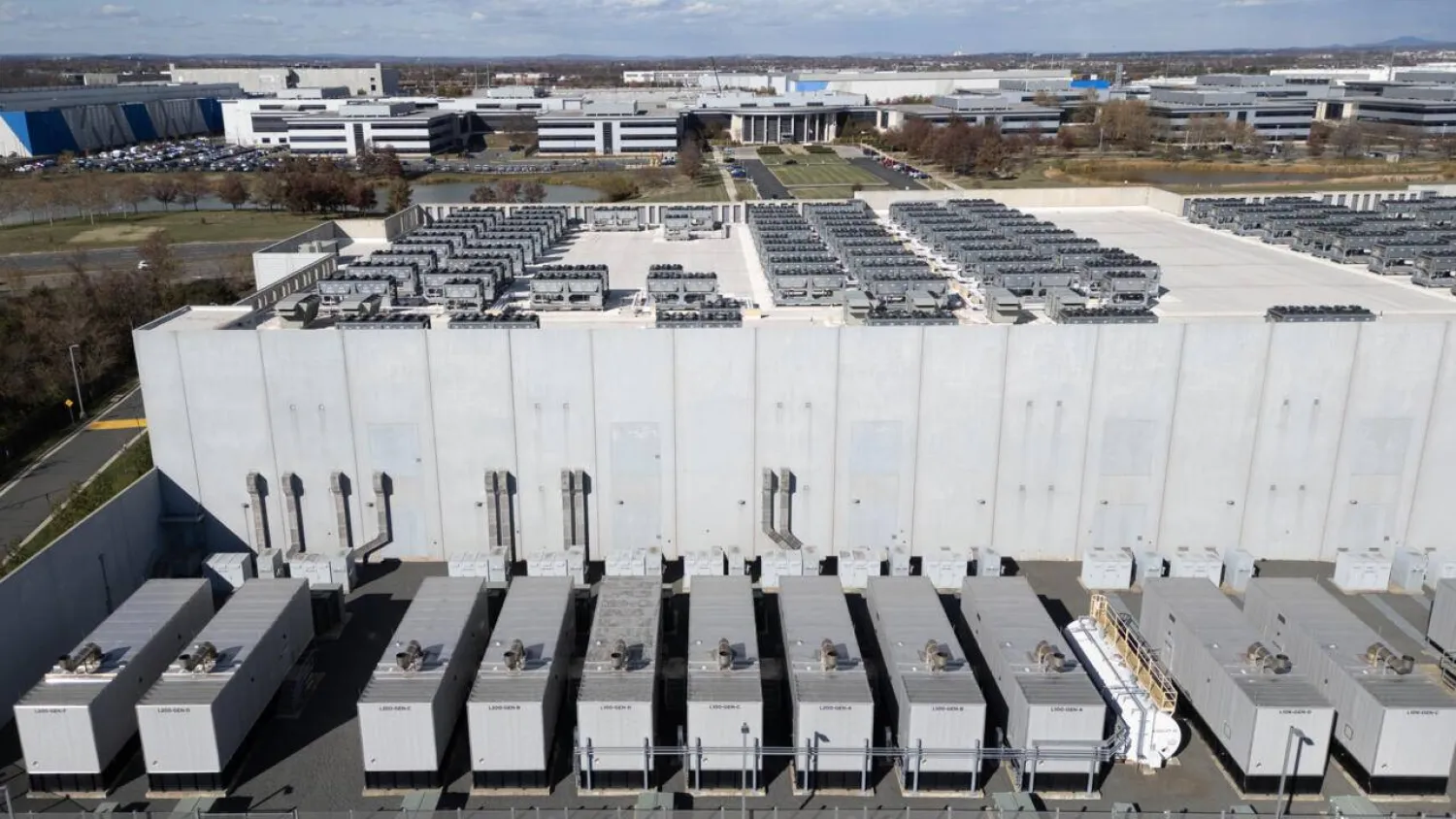Baker Hughes announced on Sunday the inauguration of its joint venture (JV) oilfield and industrial chemicals manufacturing plant in Jubail Industrial City, eastern Saudi Arabia.
The new plant will cater to oilfield, power generation, and industrial chemicals industries.
Saudi Minister of Energy Prince Abdulaziz bin Salman, Minister of Investment Khalid al-Falih, and Minister of Industry and Mineral Resources Bandar Alkhorayef attended the inauguration.
Baker Hughes signed the joint venture with Dussur, which is owned by the Public Investment Fund (PIF), Saudi Aramco, and Saudi Basic Industries Corporation (SABIC).
The joint venture was announced a year ago, and the Texas-based oilfield services holds a 51 percent stake in the project.
The facility will be known as the Saudi Petrolite Chemicals facility. It will increase Saudi Arabia’s supply base targets of raw materials like solvents and glycols.
It also aims to accelerate the development of manufacturing skills and capabilities of the local workforce with more than 70% Saudization.
With faster delivery of fit-for-purpose chemical solutions, the facility is closer to customers and suppliers, creating efficiencies across the business.
Dussur CEO Raed al-Rayes said the inauguration of the project comes within Dussur’s efforts to cooperate with its partners for strategic localization to maximize the developmental and economic impact in the Kingdom.
“At Dussur, we are proud and appreciative of today’s partnership with Baker Hughes, which marks a significant milestone. This new project will provide special, distinguished opportunities for the sons and daughters of our nation as we target a Saudization rate of more than 70%,” said Rayes.
Baker Hughes CEO Lorenzo Simonelli said: “Today is a testament to Baker Hughes and Dussur's continued efforts to drive in-country value to better serve the chemicals market in the Kingdom and across the region. Aligned to the Kingdom’s vision.”
Simonelli stated that the inauguration of the facility marked another milestone in the Kingdom’s remarkable journey of economic and industrial growth.
“For Baker Hughes, I am proud to be a part of this journey we started more than 85 years ago in Saudi Arabia as we invest in growth together.”
The Saudi Petrolite Chemicals facility spans approximately 90,000 square meters with an on-site quality control lab, ethylene oxide and propylene oxide pipeline feedstock, and 14 storage tanks.
The facility manufactures chemicals for oilfield, power generation, and industrial chemicals.









